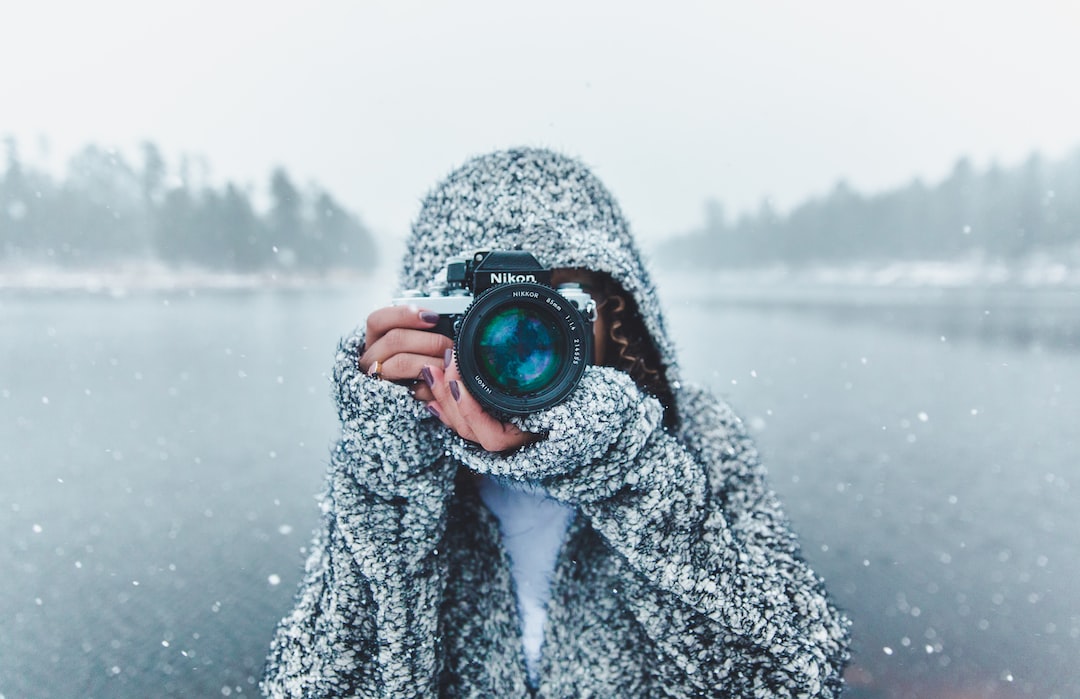Unlock the potential of AI-assisted photography with our comprehensive guide to mastering cutting-edge techniques and improving image quality.


Unlock the potential of AI-assisted photography with our comprehensive guide to mastering cutting-edge techniques and improving image quality.
Discover AI features hidden in your smart camera, transforming photography by unlocking your camera’s hidden powers and enhance your photo skills!
Master AI-powered photo editing tools with this ultimate guide, and elevate your photography skills like a pro. Edit your photos seamlessly today!
Discover top AI photography techniques for capturing mesmerizing pictures that will transform your photography skills! Ready to elevate your shots?
Discover ultimate tricks for mastering editing skills & compare image editors for improved creativity and stunning results in your visual projects.
Explore the revolution in AI photography, showcasing next-gen smart camera innovations & their transformative impact on capturing memories.
Join our community of photography enthusiasts and receive the latest tips, tutorials, and gear reviews directly in your inbox. Elevate your photography skills with expert insights and creative inspiration from Wim Arys.